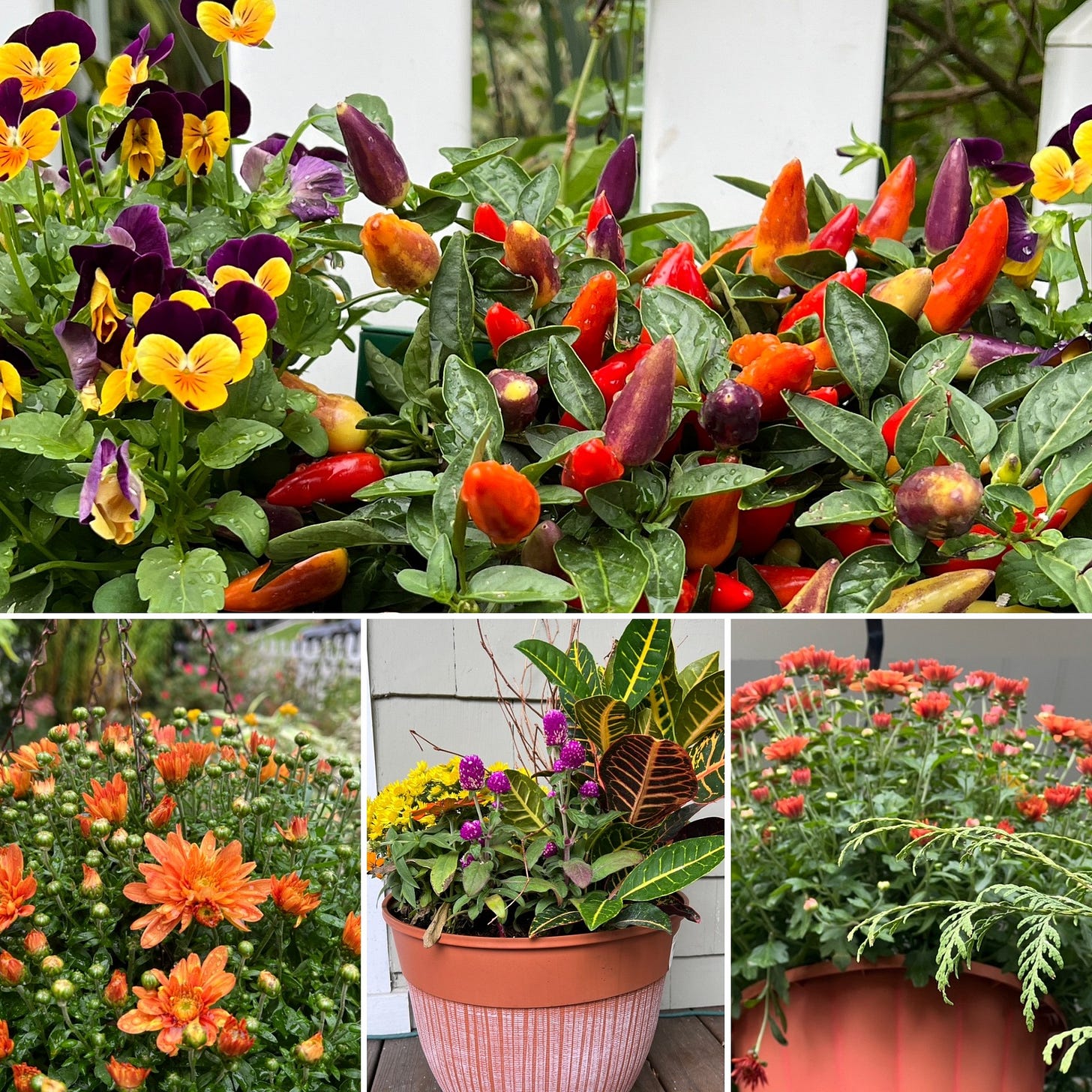When to replace container soil, what is cotton burr compost, and what should (and shouldn't) we clean up in fall?
Hi, guys!
First things first: If you’ve been (or will be) in the path of Hurricane Helene, I’m so sorry for the devastation you and your neighbors are experiencing. I know “thoughts and prayers” has become a cliche, but I really am thinking about and praying for you.
This week, I wrote in my AP column about how fall cleanups aren’t what they used to be. Back in the “day,” I would cut most of my perennials down to ground level and stare at my flat, vast wasteland of a yard until the first hellebores and crocuses poked their heads out in spring.
But the times, they are a-changing: We’re learning more about the inner workings of the ecosystem, and fall cleanup doesn’t mean what it used to.
These days, flower seed heads and my ornamental grasses are left standing until at least mid-spring to feed and shelter birds, pollinators and other wildlife and protect roots over winter, and many of us are “leaving the leaves” instead of sending them to a landfill. Still, some plants should be selectively cleared away, for various-but-specific reasons. Here’s the lowdown on The New Fall Cleanup.
📬 Ask Jessica
DEAR JESSICA: How can I tell when a container’s soil is depleted and needs to be replaced if the plant’s roots have not overwhelmed the container?
I use 70% grower’s medium, 30% cotton burr compost and a small handful of kelp meal for trace nutrients in my containers. I feed Fox Farm products and use rainwater as much as possible. This works well, but I don’t want to get overconfident and assume my plants are thriving even after a year or more in this environment. —Carey Head, Ponca City, Oklahoma
Keep reading with a 7-day free trial
Subscribe to The Weekly Dirt with Jessica Damiano to keep reading this post and get 7 days of free access to the full post archives.




